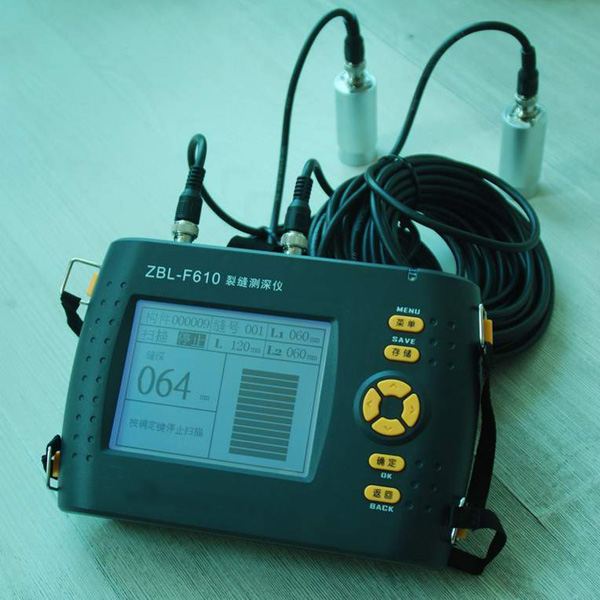
Both baseline DNNs are, thereafter, subjected to a transfer learning process by keeping a certain number of layers frozen and retraining only the remaining layers with a small volume of data obtained from the other notch geometry.

The baseline U-notch DNN is shown to achieve an accuracy of 96.1% while the baseline V-notch DNN has an accuracy of 95.8%. The DNNs are built upon ultrasonic time-series data obtained during fatigue testing of Al7075-T6 specimens with two types of notch geometries, namely, a U-notch and a V-notch. To that end, this paper presents a DNN-based transfer learning framework that can be used to classify and detect fatigue damage across candidate notch geometries. Through deep neural networks (DNNs), such a sensor-based approach can be ubiquitously extended for a variety of geometries as appropriate for different applications. Often, sensor-based tools are used to monitor and detect fatigue damage in critical metallic materials such as aluminum alloys. These notches act as possible crack-nucleation sites resulting in failure mechanisms that are drastically different from one another. The mechanics of fatigue damage is difficult to analyze and is further complicated because of the presence of notches of different geometries. Fatigue damage detection and its classification in metallic materials are persistently challenging the structural health monitoring community.


 0 kommentar(er)
0 kommentar(er)
